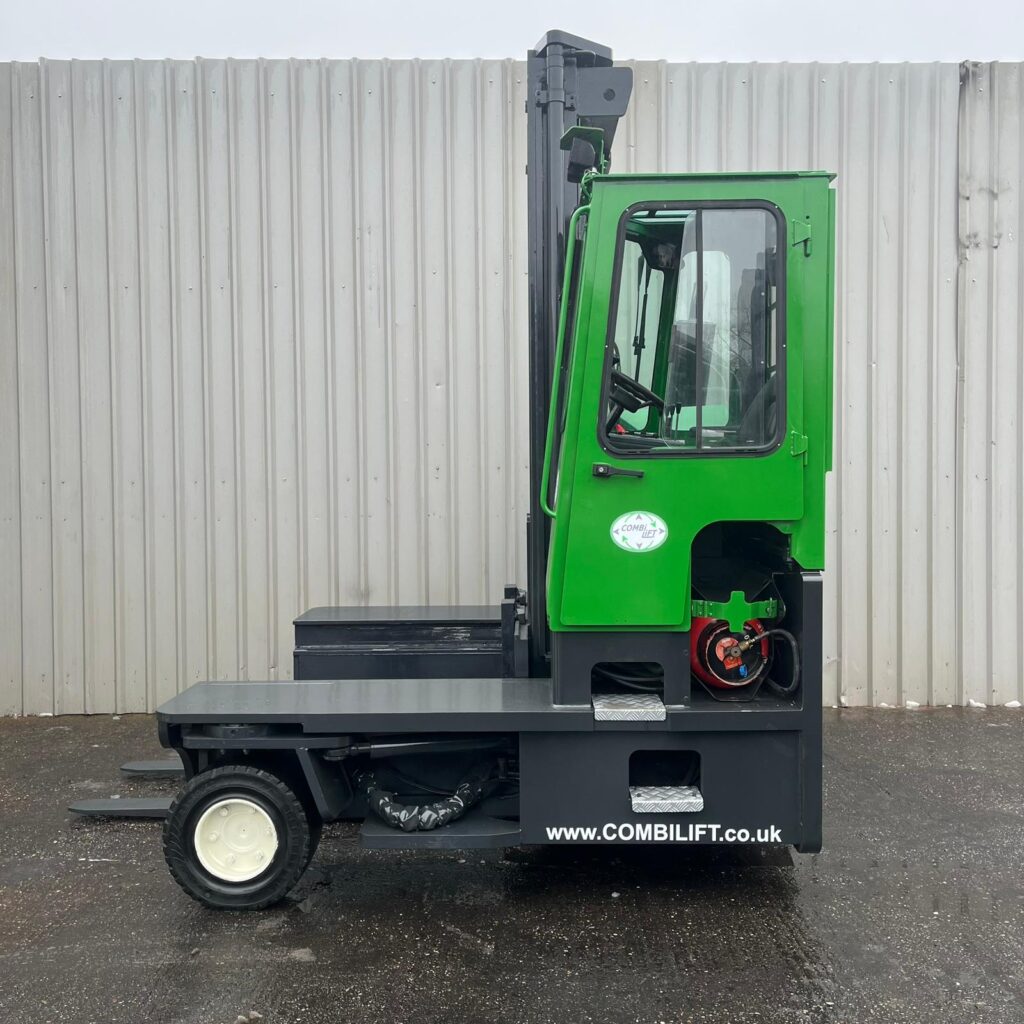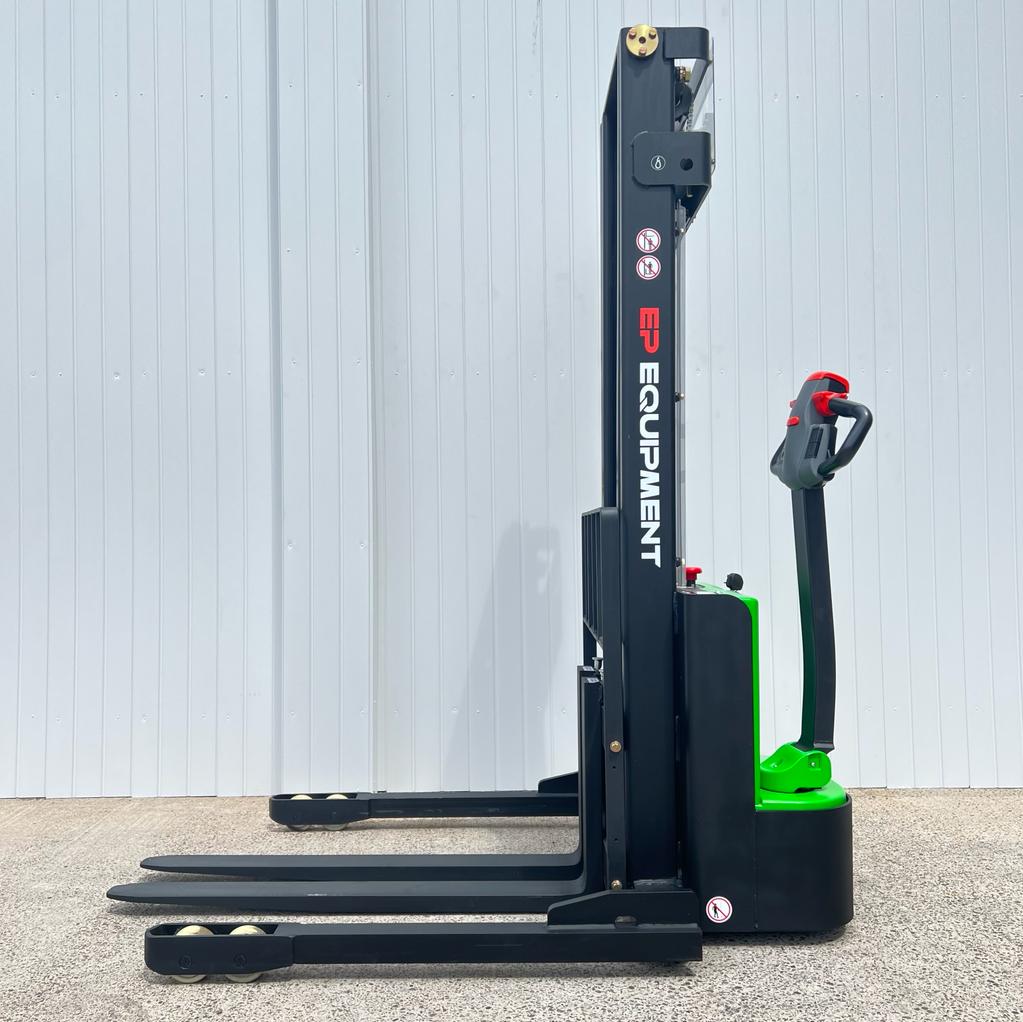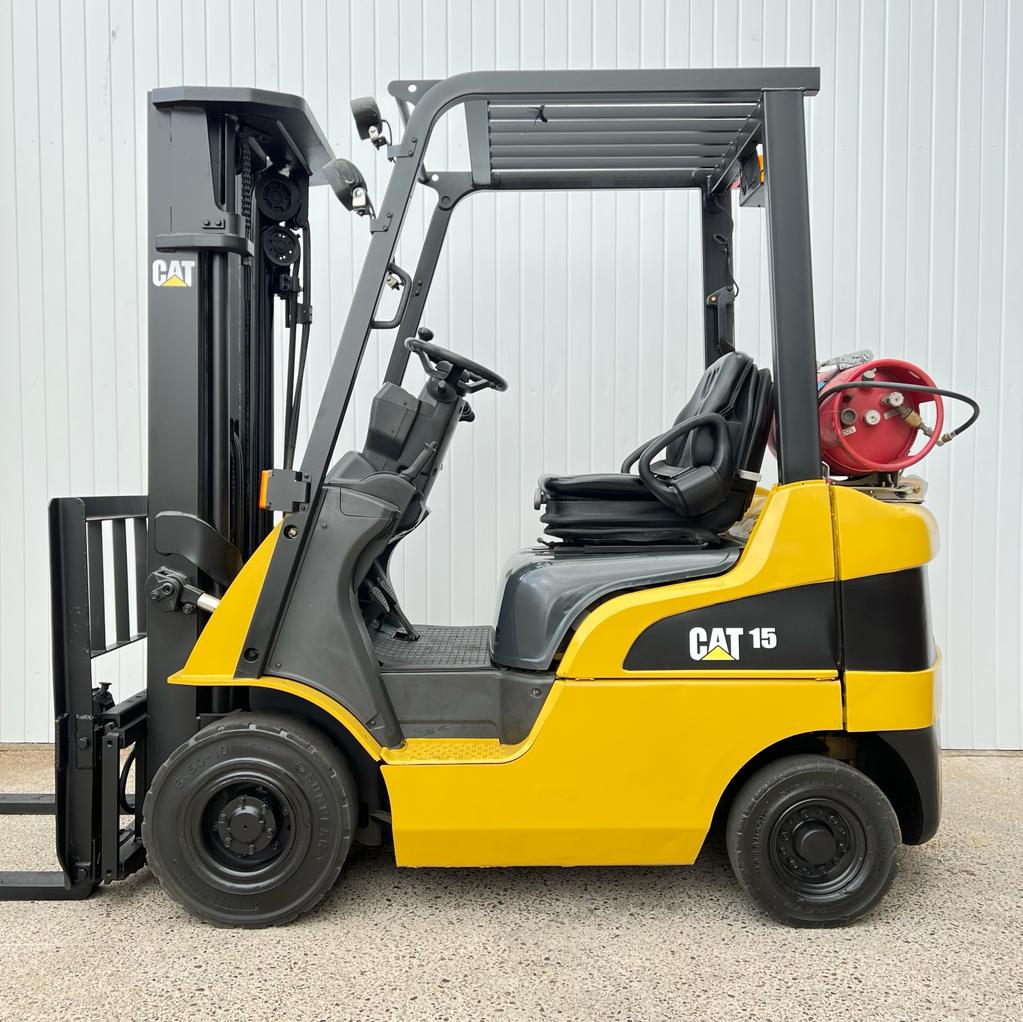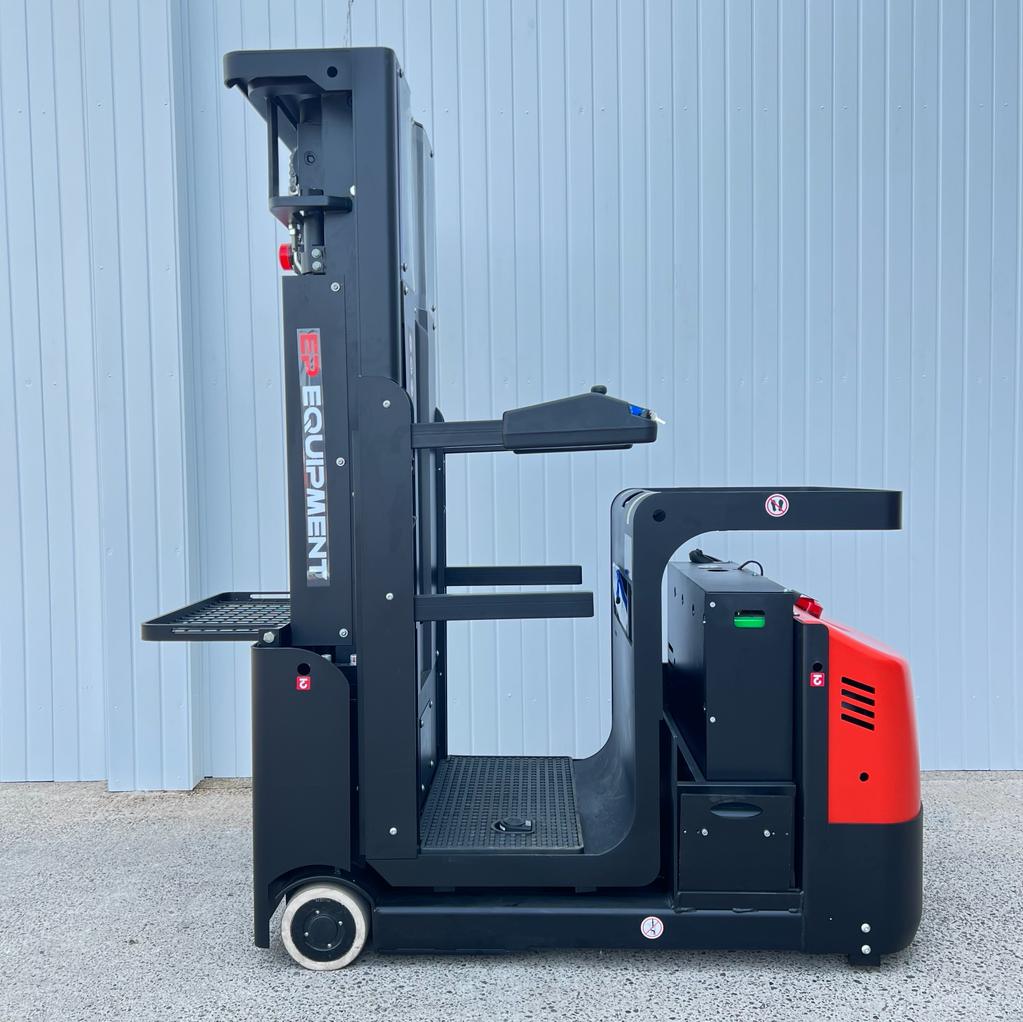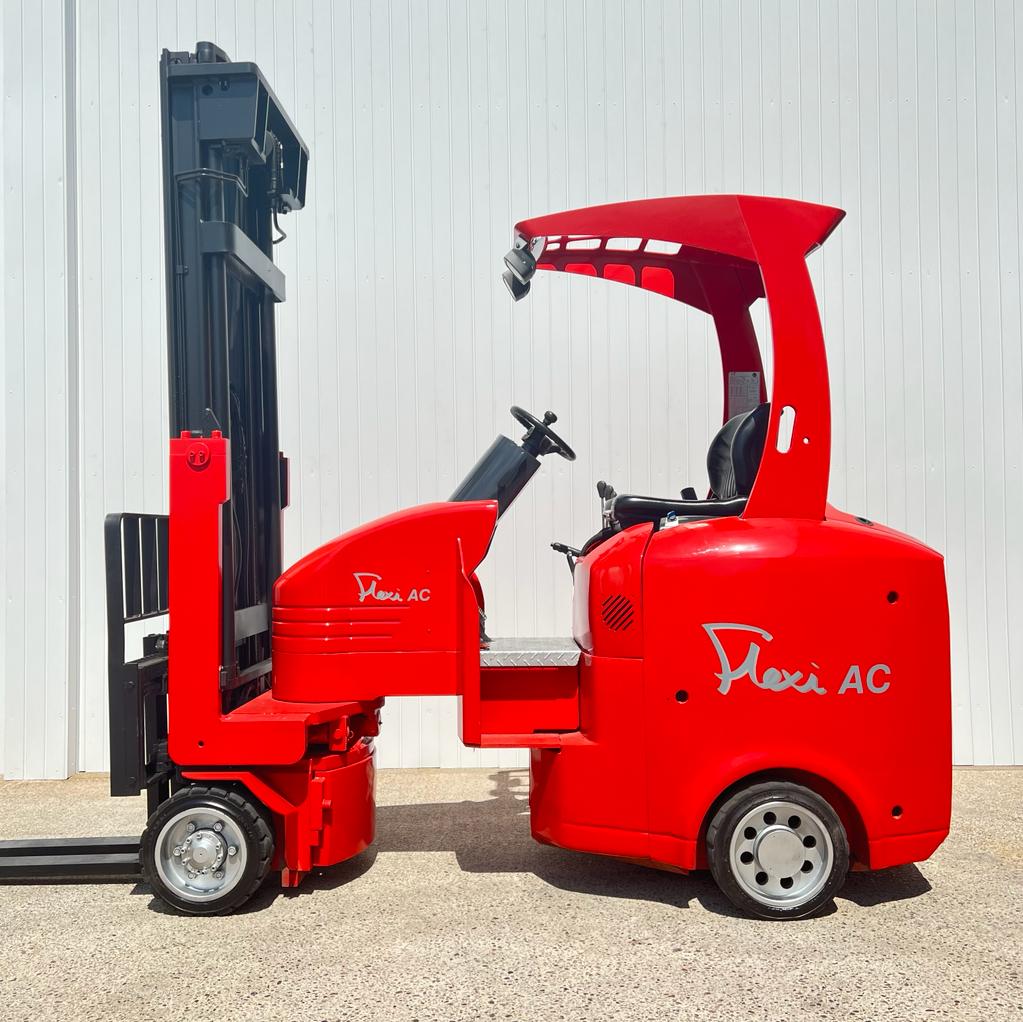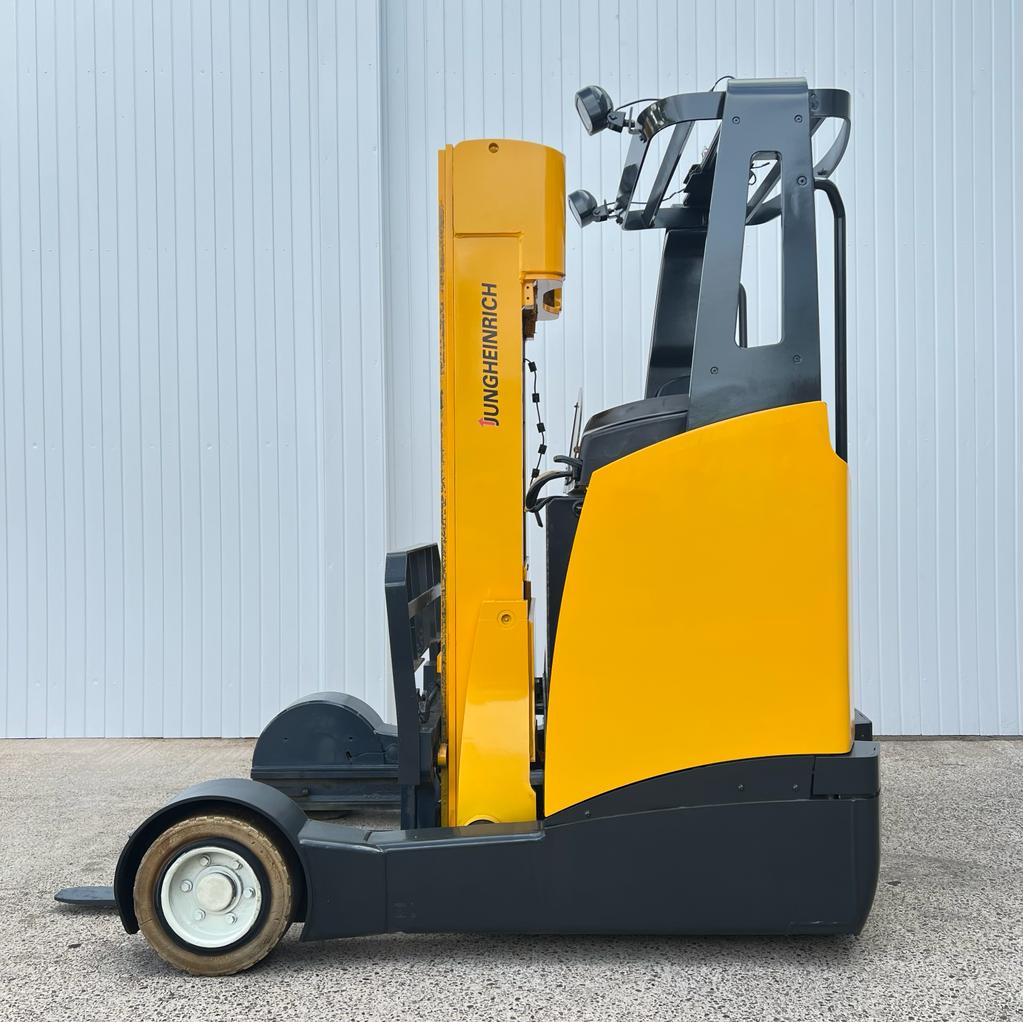New In Stock This July at Trucks Direct
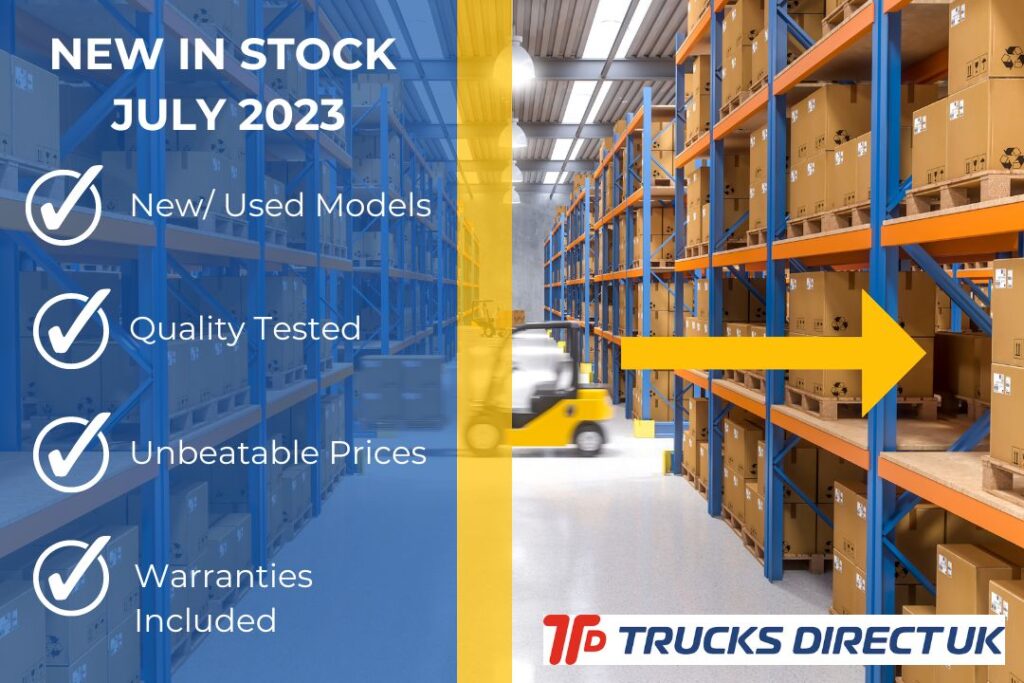
New month, new deals. We’re now officially over halfway through the year, so get prepared for the busiest months of the year with our selection of new stock.
COMBILIFT C6000 USED GAS FORKLIFT (#4593)
Specification:
- Manufacturer: Combi-Lift
- Hours: 6968
- Fuel Type: Gas
- Lift Height: 4850mm
- Year of Manufacture: 2011
- Warranty: 6 months parts and labour
Snap it up from just £137 +VAT p/w!
EP ES12-25DM NEW LITHIUM STRADDLE STACKER TRUCK -1200KGS – 3600MM LIFT
Specification:
- Manufacturer: EP
- Fuel Type: Lithium Electric
- Lift Height: 3600mm
- Year of Manufacture: 2022
- Warranty: 1-Year Truck/ 12 months Onsite Battery
Purchase this stacker truck for £5,994 inc. VAT!
CAT GP18NT USED GAS FORKLIFT (#4705)
Specification:
- Manufacturer: Caterpillar
- Hours: 9532
- Fuel Type: Gas
- Lift Height: 4650mm
- Year of Manufacture: 2016
- Warranty: 3 months parts and labour
Get this great deal for just £47 +VAT p/w.
EP JX1 MEDIUM LEVEL LITHIUM ORDER PICKER FORKLIFT
Specification:
- Manufacturer: EP
- Fuel Type: Lithium Electric
- Lift Height: 4800mm
- Year of Manufacture: 2022
- Warranty: 1-Year Truck / 1 Year Battery
Get this great deal for just £69 +VAT p/w.
FLEXI EURO AC USED ARTICULATED FORKLIFT (#4708)
Specification:
- Manufacturer: Flexi
- Hours: 2329
- Fuel Type: Electric
- Lift Height: 5600mm
- Year of Manufacture: 2015
- Warranty: 6 months parts and labour/ 1 Year Onsite Battery
You’ll find no better deal online than £23,940 inc. VAT!
JUNGHEINRICH ETVC20 IN/OUTDOOR USED REACH FORKLIFT TRUCK (#4642)
Specification:
- Manufacturer: Jungheinrich
- Hours: 8885
- Fuel Type: Electric
- Lift Height: 4700mm
- Year of Manufacture: 2011
- Warranty: 3 months parts and labour/ 1 Year Onsite Battery
Get it quick for £12,900 inc. VAT!
Shop Online or In Store Today!
Visit Trucks Direct to see our new in stock models today, and see what else we have to offer. Make great savings with Trucks Direct.
.

